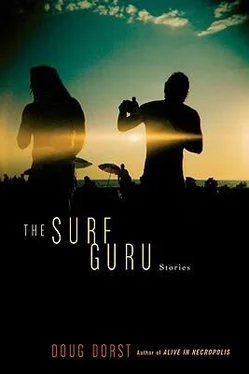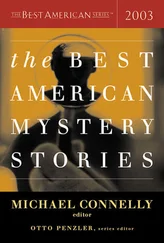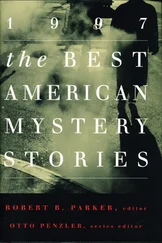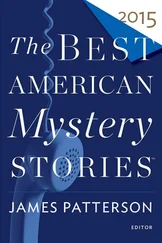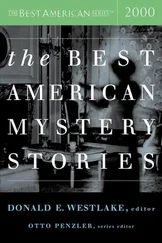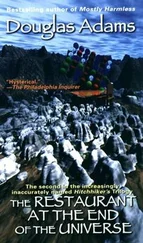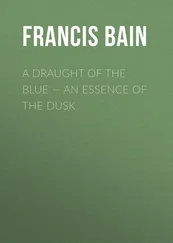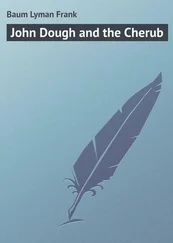10
Consider, for example: Quilcock long assumed that he would be the obvious choice to serve as Scottwell-Scott’s official biographer. Instead, the elder botanist chose my father, whom Quilcock had always seen as an interloper as well as a rival for Scottwell-Scott’s approval and respect. Quilcock thought a grave injustice had been done to him, although he contrived a variety of rationalizations to place the blame for this upon my father and not upon their mentor. By this time, it should be noted, my father had already published his Willis Gray Patterson Prize-winning Endemic Plants of the Sky-Islands of the San Umberto Archipelago (1912), and Quilcock’s own reputation was falling to tatters in the wake of the Cates incident (see profile of Slade Cates, infra) and my father’s devastating review in Stamen of his rushed, poorly organized Flora of Coahuila (1913). Quilcock, for his part, insisted that his manuscript had been “butchered and bowdlerized” by an overzealous editor who surely had been paid off by one of his nemeses.
11
A bit of explanation in re taxonomical matters may be in order for lay readers. Taxonomists in any field generally fall into one of two categories: “splitters” and “lumpers.” In botanical scholarship, acrimonious debates rage over whether physical differences between two individual (though similar) plants are significant enough that the current definition of the species must be split (i.e., that the two plants should not be treated as identical in a taxonomical sense) or if these differences merely illustrate an acceptable amount of individual variation within a species whose current definition remains valid (i.e., that the two plants should be lumped together taxonomically). Scottwell-Scott and Quilcock generally preferred not to split species absent overwhelming evidence of difference, and they were suspicious of their colleagues who continually racked up publications defining “new” species and bestowing them with names of their own choosing. As you will see in the profiles, Quilcock detested “knee-jerk splitting”; he saw in this practice evidence of not just shoddy scholarship but arrogance, self-indulgence, even hubris. “To name an organism,” he wrote in a letter to my mother, “is to arrogate to oneself the power of a deity, to attempt to stamp the natural world indelibly with one’s mark. Splitters are vile, irredeemable self-servers and pretenders to the divine. The thought of how greatly they outnumber the sensible people in our field often causes me great anxiety, which then produces grievous dysfunction of the bowels (specifically mine).” Letter to Anna Sophia Parker, October 22, 1927.
12
Note to prospective publishers: the full manuscript of Quilcock’s profiles and my commentary will be made available upon my receipt of appropriate remuneration.
13
I had hoped that this compendium would be accepted for publication in Stamen, which has, for better or worse, been the journal of record for botanical scholarship for the last century. I thought it would be fitting, as the journal had never recognized Quilcock during his own lifetime. The only mention of him in its pages? The briefest of obituaries — two paragraphs that fairly dripped with the schadenfreude that plagues academia in general and botany in particular. My hopes for Quilcock’s redemption in Stamen went for naught, though, as its editorial board appears to be populated with the ignorant, complacent descendants of the insufferable fools against whom Quilcock so justifiably railed.
14
Quilcock appears to have written this piece within days of his mentor’s death on August 4, 1916.
15
One doubts he would have fared any better in the academic environment of the present, considering the institutional hostility to my Quilcock Project. If certain ultimata from certain deans are to be taken seriously, today’s academic may not choose to pursue innovative scholarly writing if there is to be any cost to his “traditional publishing record,” “commitment to undergraduate instruction,” “grooming,” or “maintenance of regular office hours.”
16
Scottwell-Scott suffered from a variety of physical ailments, including migraines and debilitating back pain, which caused him to retire from fieldwork far earlier than he wanted. Quilcock’s notes suggest that he felt unjustly robbed of his mentor’s presence and support.
17
According to Quilcock’s diary, an in-his-cups Scottwell-Scott told him that my father received this recognition because “he doesn’t need it so damned desperately.” In the diary, the quote is followed with brackets that contain twenty-three question marks and a fair number of wild ink spatters.
18
Bear in mind that Grimshaw wasn’t one of the many botanists with whom Quilcock had quarreled. Quite the contrary: Grimshaw was the best man at Quilcock’s wedding to my mother in 1903, and I have found no evidence that the two men ever had a falling-out, personally or academically.
19
Quilcock believed that Cates had presented work by Petitfour, Prim, Schupe, and Woolforke as his own. Readers should note that Quilcock had no particular love for any of these four; he simply believed that everyone was entitled to fair dealing.
20
Quilcock’s references to various details of the Cates affair appear infra, in Profiles #297 (Simoneaux), #298 (Prim & Gjetost), #299 (Brompton), #415 (Tenterhook), #416 (Jones-Anhinga), #417 (Tumressel), and #418 (Cates fils).
21
Ironically, this sounds like the way Quilcock met my mother. She was a junior at Mulholland and a recent student of his when she signed on to assist him and Scottwell-Scott with their summer fieldwork in the Sierra Nevada. They were married in the fall. As mentioned earlier, the union did not last; they separated the following July while collecting at Anza Borrego with a team that included Scottwell-Scott, Fitzgilbert, and my father (who had recently arrived out west, Harvard Ph.D. fresh in hand). It appears that Quilcock was right to have pegged my father right away as a rival not just for Scottwell-Scott’s attention but for my mother’s as well. “I was awfully young, and I’d never met anyone as passionate as Hart,” my mother told me. “When your father showed up, well, he was passionate, too, and he was a man of better moods and cleaner habits and better prospects. Hart wasn’t a bad man, but you try living through a winter with him. Besides, Scottwell-Scott didn’t want anyone competing for Hart’s attention, anyway.” (Interview with Anna Sophia Parker, Grizzly Meadow, Nevada [October 1, 1965]).
22
While collecting in the hills above Tierra Blanca, Petitfour was mistaken for a Villista revolutionary and felled by a federale’s bullet.
23
Quilcock’s basis for this assertion remains unknown.
24
See Profile #298 (Prim & Gjetost), infra.
25
Quilcock, Flora of Coahuila, pp. 96-129.
26
Quilcock’s basis for tracing any conspiracy in re the Cates affair back to my father is unclear. In the absence of same, I find the accusation difficult to credit. He is no more specific with respect to his allegations that my father ever perpetrated an act of academic dishonesty.
27
My research suggests that she was the only woman other than my mother to whom Quilcock ever declared his love. His selection of her, though, was unfortunate; as her scandalous late-life memoir, Pistils at Dawn: An Erotic Life in the World of Botany (1961), made clear, her attentions were reserved for members of the fairer sex.
28
Imagine my father’s reaction when he first heard of Quilcock’s attempt to name the species after my mother!
29
My parents came to Mulholland in 1919, when Fitzgilbert, in his capacity as dean of sciences, recruited my father to take over as chair of the biology department. My mother received an assistant professorship as part of the arrangement. Quilcock, of course, took all of this as evidence of a conspiracy to drive him out of the university. Grimly defiant, he held his ground for six tense years, until he was undone by his erratic behavior. See Profile #424 (Fitzgilbert), infra.
Читать дальше
